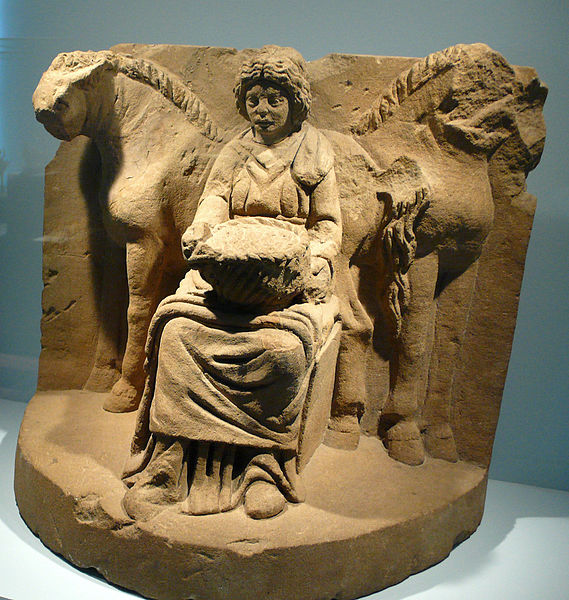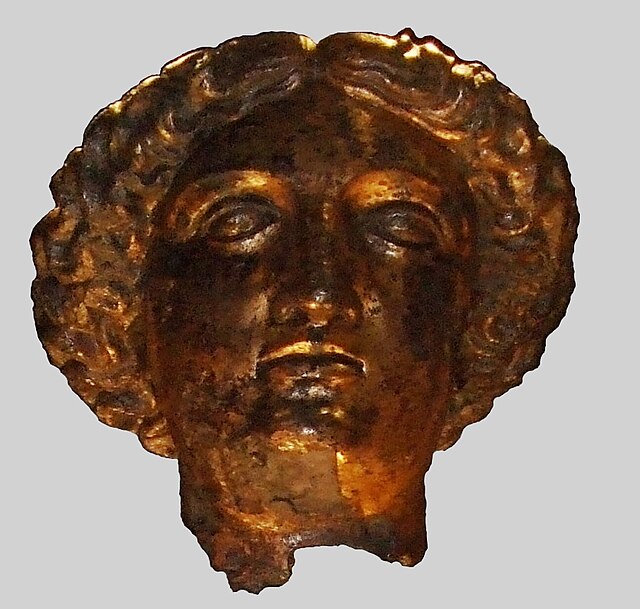The gods and goddesses of the pre-Christian Celtic peoples are known from a variety of sources, including ancient places of worship, statues, engravings, cult objects, and place or personal names. The ancient Celts appear to have had a pantheon of deities comparable to others in Indo-European religion, each linked to aspects of life and the natural world. Epona was an exception and retained without association with any Roman deity. By a process of syncretism, after the Roman conquest of Celtic areas, most of these became associated with their Roman equivalents, and their worship continued until Christianization. Pre-Roman Celtic art produced few images of deities, and these are hard to identify, lacking inscriptions, but in the post-conquest period many more images were made, some with inscriptions naming the deity. Most of the specific information we have therefore comes from Latin writers and the archaeology of the post-conquest period. More tentatively, links can be made between ancient Celtic deities and figures in early medieval Irish and Welsh literature, although all these works were produced well after Christianization.

Epona, the Celtic goddess of horses and riding, lacked a direct Roman equivalent, and is therefore one of the most persistent distinctly Celtic deities. This image comes from Germany, about 200 AD
Replica of the incomplete Pillar of the Boatmen, from Paris, with four deities, including the only depiction of Cernunnos to name him (left, 2nd from top)
Detail of the antlered figure holding a torc and a ram-headed snake depicted on the 1st or 2nd century BC Gundestrup cauldron discovered in Jutland, Denmark
Epona, 3rd century AD, from Freyming (Moselle), France (Musée Lorrain, Nancy)
Interpretatio graeca, or "interpretation by means of Greek [models]", refers to the tendency of the ancient Greeks to identify foreign deities with their own gods. It is a discourse used to interpret or attempt to understand the mythology and religion of other cultures; a comparative methodology using ancient Greek religious concepts and practices, deities, and myths, equivalencies, and shared characteristics.
A Roman wall painting showing the Egyptian goddess Isis (seated right) welcoming the Greek heroine Io to Egypt
A Roman fresco from Herculaneum depicting Hercules (from Etruscan Hercle and ultimately Greek Heracles) and Achelous (patron deity of the Achelous River in Greece) from Greco-Roman mythology, 1st century AD
Gilt bronze head from the cult statue of Sulis Minerva from the Temple at Bath
Jupiter Ammon (terracotta of Hellenistic style, 1st century AD)








